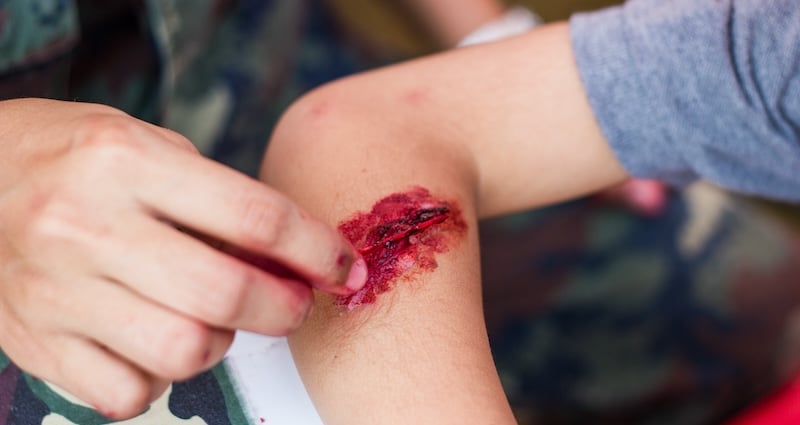
You've got a suspect in custody, run his DNA, found a match in CODIS, and you're ready to make an arrest. Now you just need a handsome detective in sunglasses to put the squeeze on the guy.
Yeah. Not so much.
Crime scene investigation, especially where it pertains to DNA, isn't quite like they say on TV. While DNA can be an invaluable tool in helping to support criminal investigators and confirm (or eliminate) suspects, the truth about what happens in a forensic crime lab doesn't always make for great television.
If you work in forensics, you've likely rolled your eyes along with us at the over-simplification of the tools, processes, and personnel involved in forensic DNA analysis. Share this post with your friends the next time they compare your job with that of a TV CSI, because as we both know, here's what really goes down:
1. DNA Processing Takes Time
DNA test results in a couple of hours? That only happens on television. A criminal DNA assessment generally requires a minimum of about 60 hours of testing and analysis, according to forensic scientist Heather R. Fisher Sargent, MFS.
This can translate into anywhere from three days to several weeks, depending on the lab's backlog and available human resources. Given that the average crime lab has more than 150 backlogged DNA requests¹ a typical lab's goal for DNA processing is more like 30 days.
2. CODIS Isn't the Suspect Identification Tool "CSI" Would Have You Believe
The fancy software, real-time algorithms, and complete suspect profiles you see on the computer screens of television detectives are a far cry from the experience a real crime scene investigator has when matching a sample in CODIS (the Combined DNA Index System).
That's because, contrary to what you'll see on a 30-minute drama, CODIS doesn't actually store any personal identification information.² Instead, once CODIS identifies a DNA match, it's up to the detectives to reach out to the original source (usually the state crime lab that first entered the data), then further compare and verify profiles, which can add another several weeks to an investigation.
3. Forensic Labs Aren't Moodily Lit Technology Hubs
Blue up-lighting, fancy sequencing machines, and a fully equipped state-of-the-art lab are the stuff of fairy tales, er, TV murder mysteries. In truth, most forensic crime labs are understaffed and underfunded. And contrary to popular belief, not every police department gets its own crime lab, and not every crime lab is stocked with the latest and greatest equipment.³
Many times, crime labs need to outsource certain types of testing to other labs with different technology or expertise. And that means, yep, more time.
4. DNA Evidence is Easily Compromised
Those shots of crime scene investigators taking swabs in plain-clothes while dictating their process to an attractive underling? Sorry. Despite its ability to survive for decades when properly collected and preserved, DNA evidence is easily compromised. In fact, even talking or breathing too close to a sample could compromise its integrity.
Instead, crime scene technicians should be decked out in personal protective equipment that includes, at a minimum, a lab coat, mask, gloves, hairnet, and booties before they even set foot in a crime scene.
5. You'll Need More Than a Few Cells
While its true advancements in DNA processing, particularly in the field of touch DNA, have made it possible to extract a profile from just a few cells, most crime scene technicians like to take multiple swabs to ensure there's enough DNA for testing, re-testing, and comparison.
For example, a rape kit might require swabs for semen, saliva, blood, and epithelial cells, and might ask that vaginal, anal, buccal, and fingernail samples be included.
6. Detectives ≠ Lab Technicians
This one should go without saying, but we see it over and over again. Police officers and detectives are not the same individuals holed up in a lab processing samples.
Effective DNA collection and analysis takes a village; or at least several trained technicians with specific expertise.
SOURCES:
1. U.S. Department of Justice, Bureau of Justice Statistics
2. A Simplified Guide To DNA Evidence
3. 10 Forensic Myths Spread by TV
DNA Evidence: Basics of Identifying, Gathering and Transporting




